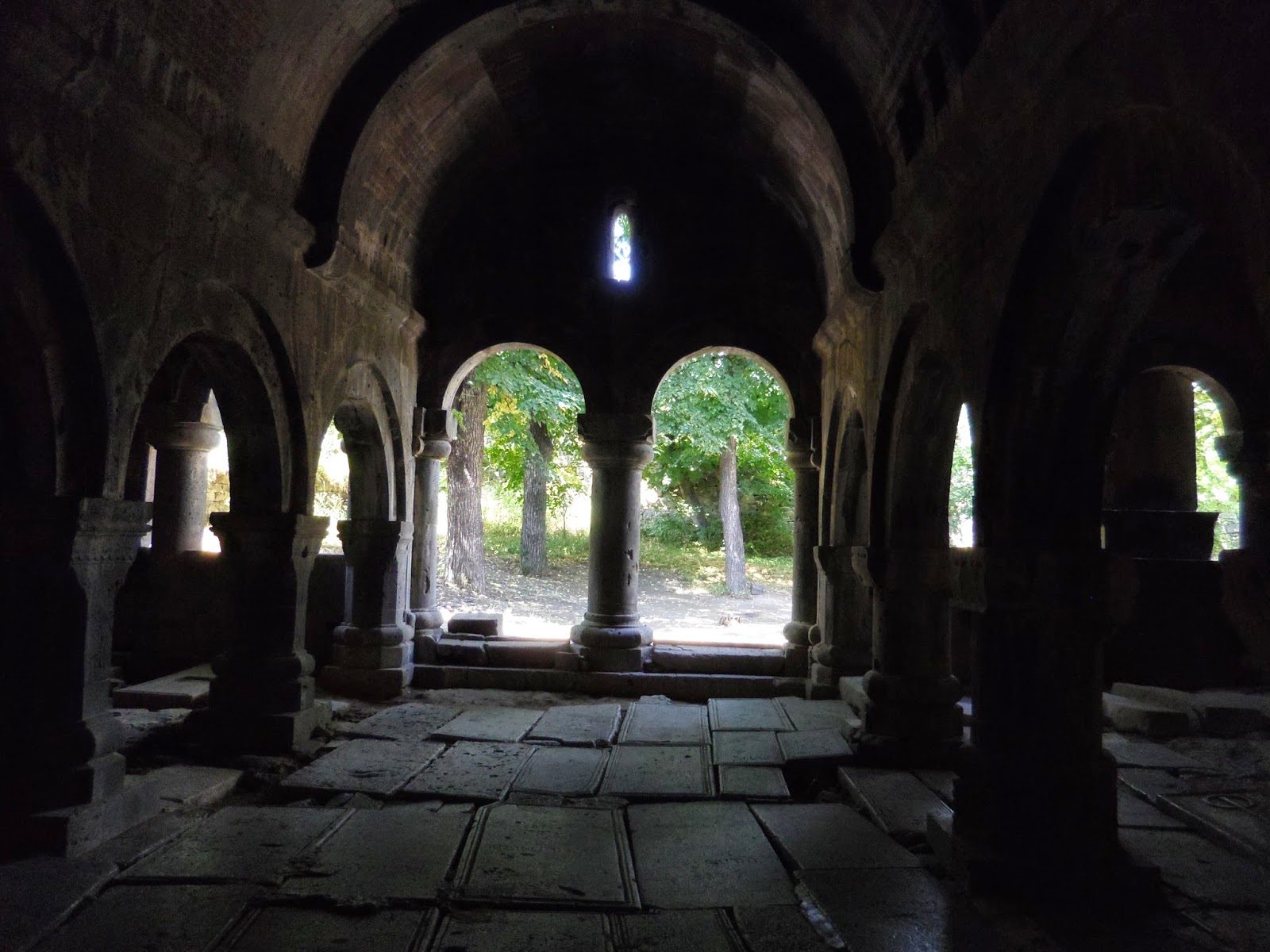 |
| Stockholm View |
First impressions of Stockholm were positive
and a cycle tour from the hostel I was staying in meant touring the city with
the locals. A good eye opener to what it
was like to live and work in the city.
Over some of the many bridges, through bustling streets and even to a
city beach, were just some of the highlights.
Along with several appealing cafes, bars and stores.
A recommended attraction was the 'Vasa' Museum. And it turned out to be one of the best
museum I have been too. It housed just
one thing, and the associated stuff that had been found with it. That was a large ship. Launched 10th August 1628, sunk 10th August
1628 having barely travelled 1300 metres.
There it lay on the floor of Stockholm harbour until it was finally
lifted free after 333 years in 24th April 1961.
It's a bit damp inside the museum due to the constant spray of water
keeping the ship preserved but the chance to walk around the ship and seeing
the detail in the carving of something that has been so well preserved is an
opportunity not to be missed.
 |
| The Vasa |
A memorable and unique evening was spent in the
hostel itself. The hostel was small and
friendly, with overcrowded bunk rooms but pleasant communal areas including a
large TV room. And here we all gathered
in the evening as it just so happened that this was the opening ceremony night
of the London 2012 Olympic games. It
also happened that although roughly 25 people were there I was the only
Brit. There followed a translation of
what the hell the opening ceremony was all about, some of it sure lost in
translation. However the flags coming
into the stadium reminded me, that although sometimes hostels lack privacy,
there are other reasons why I continue to stay in them. There must have been atleast15 different
nationalities in the room and the cheers that went up when the flags came out
are still memorable. These were people
that had only just met, taken in a few city sights and had a few beers
together, and probably would never see each other again. But surely this was one of the best parties
in town and reminds me that the people you meet are just as much part of the journey
as the place itself.
















